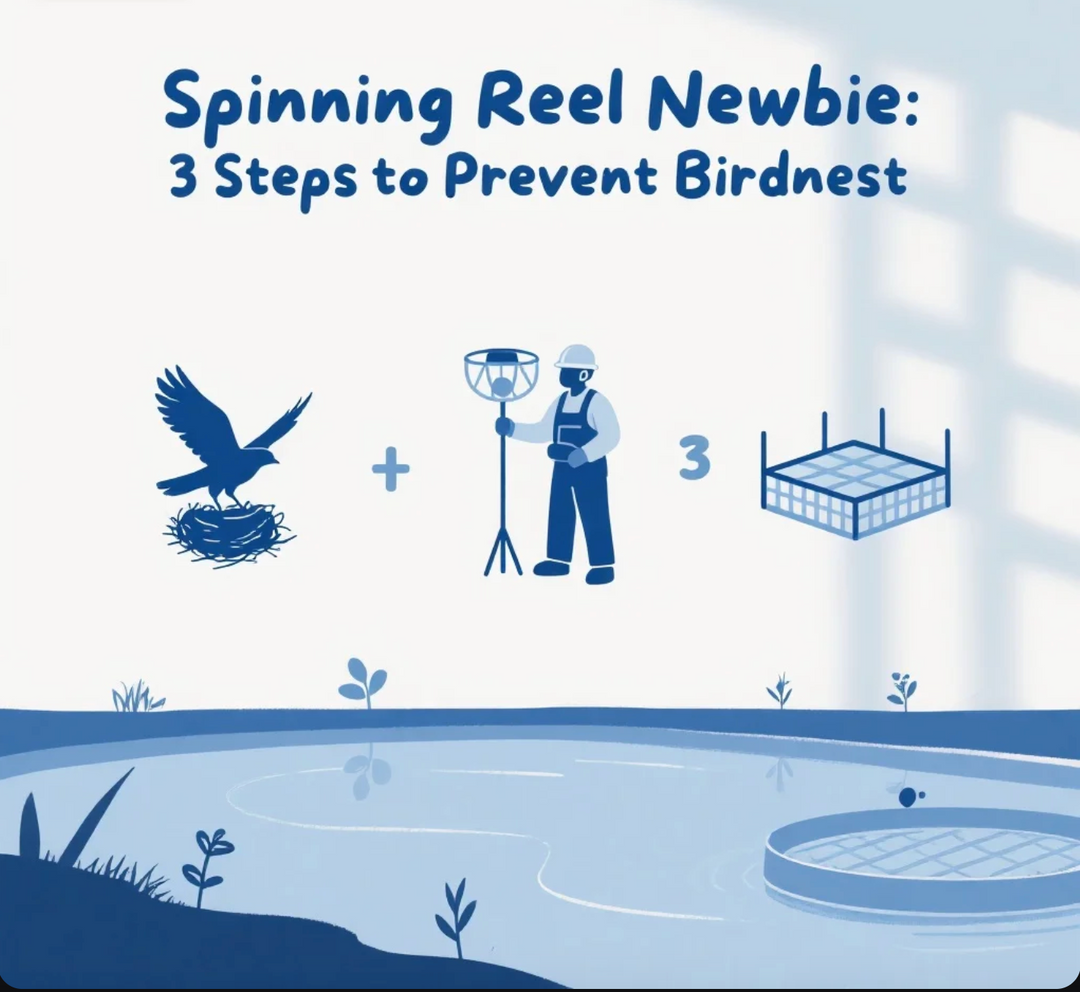🌊⚓️ Master the Art of Wrist-Flick Control for Saltwater Slow Pitch Jigging: A Step-by-Step Guide
Ready to elevate your offshore game? Slow pitch jigging isn’t just about casting— it’s about harnessing the wrist-flick technique to entice even the most elusive saltwater species. Today, we’re diving deep into 3 proven steps to transform your slow pitch jigging rod and reel combo into a precision tool that turns strikes into catches. Whether you’re targeting amberjack, tuna, or mahi-mahi, these tips will sharpen your skills and boost your confidence on the water.
🎣 Why Wrist-Flick Control is the Game-Changer
Unlike aggressive vertical jigging, slow pitch jigging relies on fluid, rhythmic wrist movements to mimic injured baitfish. The key? Your graphite fishing rod acts as an extension of your arm, translating subtle flicks into lifelike motion— even in 100+ feet of water. But nailing this technique requires the right gear and muscle memory. Let’s break it down.
Step 1: Choose the Right Slow Pitch Spinning Rods & Reel Combo
Your rod’s action and length dictate responsiveness. For inshore to mid-range offshore, opt for a 6’6”–7’3” slow pitch jigging rod with a moderate-fast action— this balances sensitivity and backbone for explosive hooksets. Pair it with a reel boasting a smooth drag system (think 30+ lb. max drag) and a gear ratio around 5.0:1 to maintain control during fast retrieves. Pro tip: Match line strength to target size (15–30 lb. braid for most species, fluorocarbon leader for finicky eaters).
Step 2: Dial in Your Lure Selection & Rigging
Slow pitch jigs thrive on movement, not weight. Start with a 150–300g jig (adjust based on current and depth) with a wide gap hook and a tapered design for smooth drops. Rig it with a 1–2’ leader of abrasion-resistant fluorocarbon— critical for avoiding line abrasion in rocky bottoms or structure. For added attraction, add a soft plastic trailer or a stinger hook to enhance the “swim” of the lure. Remember: The jig’s action in the water is your number one bait!
Step 3: Master the Art of the Wrist-Flick (Not Arm Jerk!)
Here’s where most anglers stumble— it’s wrist, not bicep. Start with the rod tip at 11 o’clock, thumb on the spool. Flick your wrist downward sharply (like cracking a whip) to generate lift, then pause— let the jig “float” before repeating. Adjust flick intensity for depth: Light taps for shallow, aggressive snaps for deeper drops. Listen to the sound— a satisfying “thunk” means contact with the water column. Practice in shallow water first to build muscle memory!
Bonus Gear Tips for Saltwater Success
- Fishing Line Strength: Always upgrade to 50+ lb. braid if targeting larger species (tuna, wahoo) to handle sudden runs.
- Reel Drag System: Invest in a reel with a “click-and-pawl” drag for precise pressure control— saves hooks and fingers!
- Rod Holder Compatibility: Ensure your boat setup has rod holders that fit your slow pitch jigging rod for hands-free waiting during drifts.
📸 *Image Credit: A angler executes a perfect wrist-flick with their slow pitch spinning rod, the jig dancing in the sunlight just above structure— that’s the moment strikes happen.
Final Word: Consistency is Key
Slow pitch jigging rewards patience and precision. By pairing the right gear (think graphite rods, smooth reels, and responsive jigs) with deliberate wrist control, you’ll transform “casting” into “connecting.” Remember— every flick tells a story to the fish. Make yours count.
👉 Share your slow pitch jigging triumphs in the comments! What’s your go-to lure for big catches?











Leave a comment